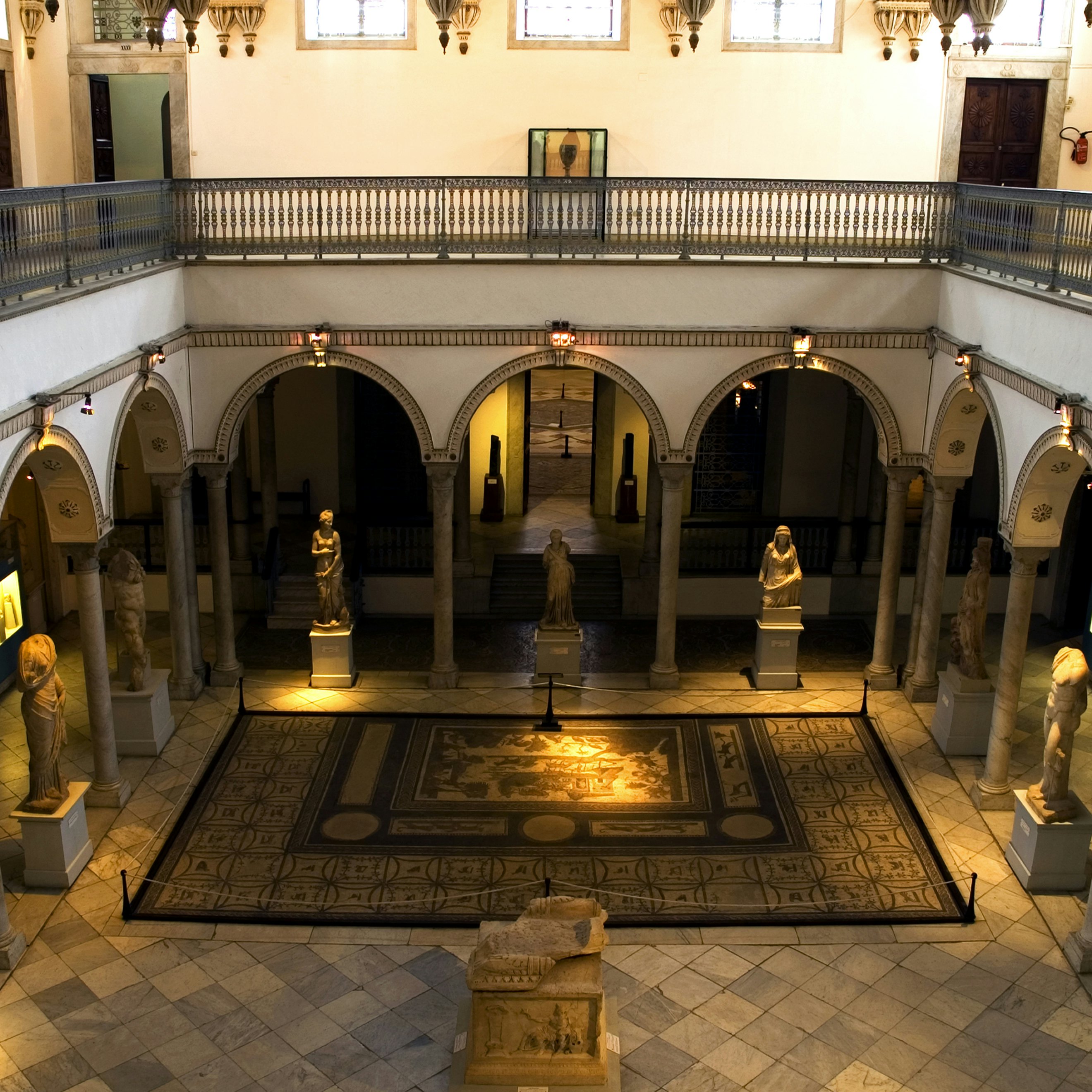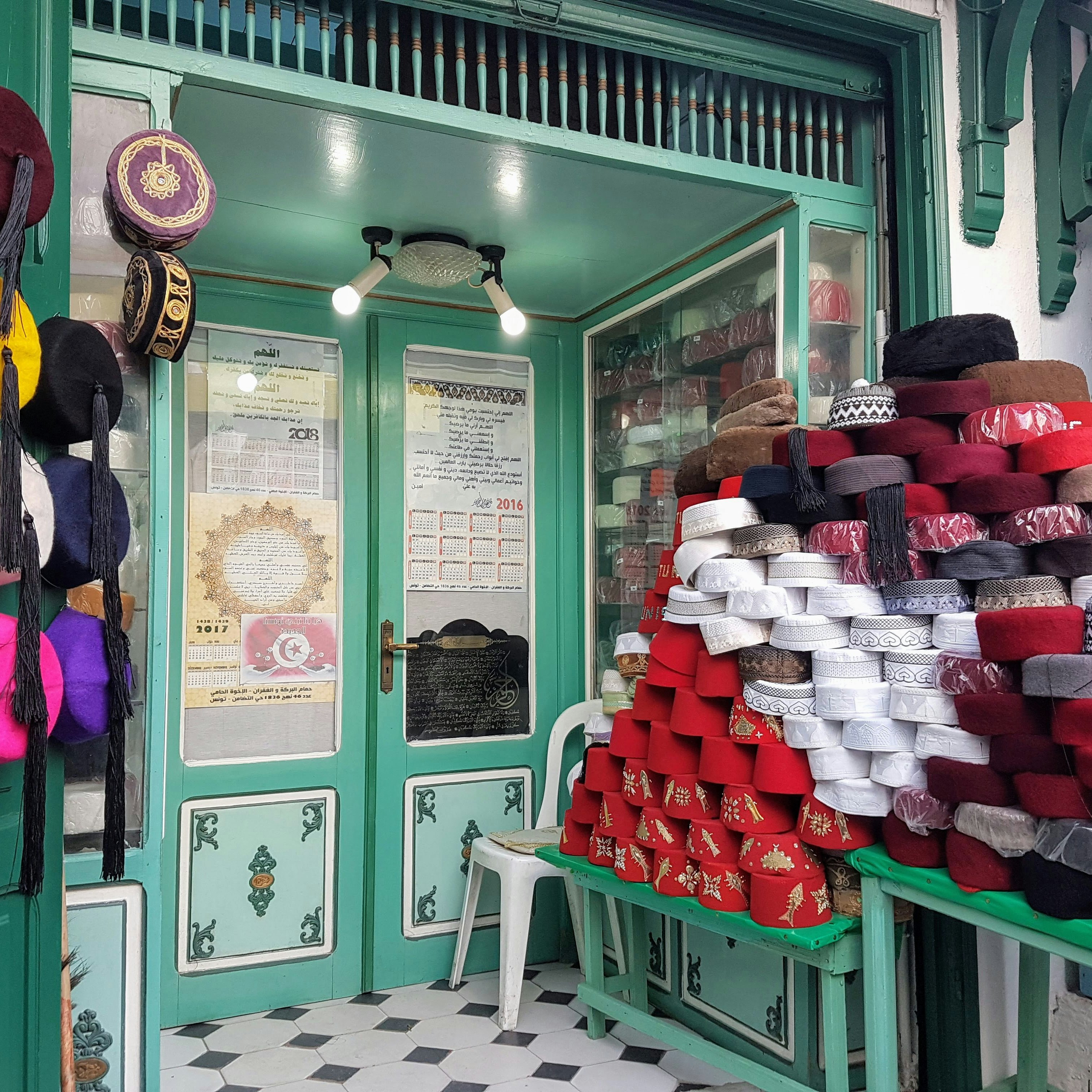
Overview
In Tunisia's capital, the term "living history" really does apply. Here, periods of conquest, trade and independence have woven into the city's fabric and culture a rich and complex flavor that becomes apparent wherever you explore.
Plan your trip with Guide, an AI travel planner!
Create a personalized trip itinerary in seconds using artificial intelligence.
Must-see attractions
Planning Tools
Expert guidance to help you plan your trip
Best Things to Do
Spring is the perfect season to visit Tunis.
Read full article
in partnership with getyourguide














